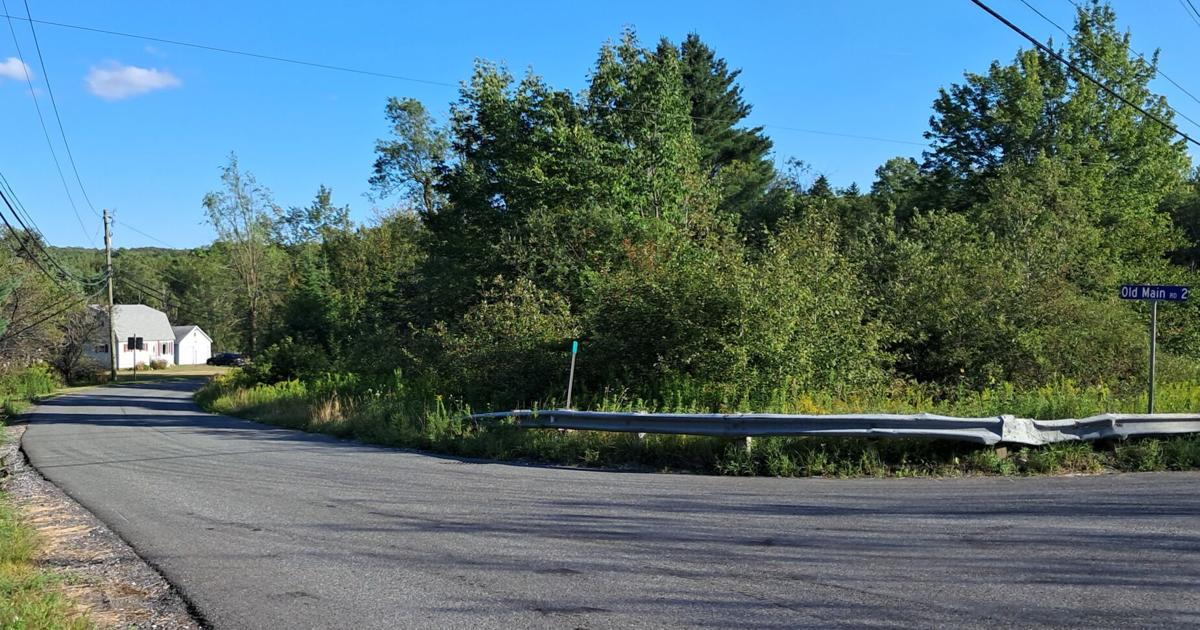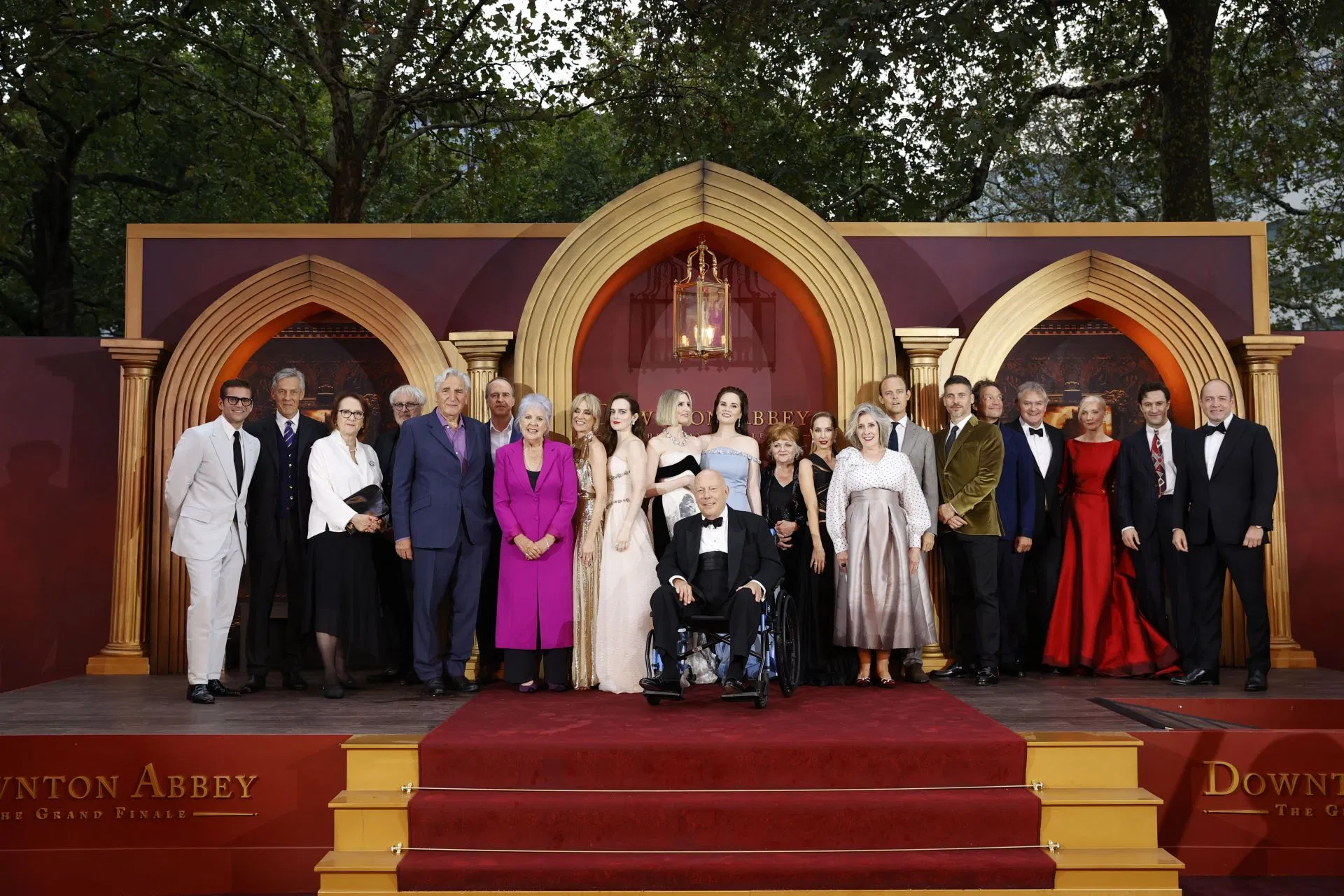By By Joe Durwin
Copyright berkshireeagle

Willis Fairfield and Mary McBride married on Christmas Eve in 1872, in a chapel in Easthampton. The romance ends there; their tale is as far from a love story as any you’re likely to encounter in these parts.
Willis hailed from Savoy, where his parents Mary and John H. Fairfield had a farm on Old Main Road, where it hooks alongside Drowned Lands Brook. He was one of six siblings — an older sister Wealthy, who had moved to Northampton in the 1860s to work as a seamstress, and three younger siblings — Cora, Liberty and Byron. Another brother, Daniel, died as an infant.
Mary was 23, born in New York in 1849 to Catherine and James McBride, a carpenter. She was raised in Deerpark and in New Haven, Conn.; her parents died in her teens.
Not long after they were married Mary started having seizures, incidents which are described consistent with epilepsy. Willis, already alcoholic and unemployed, decided he wanted nothing to do with her troubles, and left.
In the manner of town welfare in those days, Easthampton determined Mary was Savoy’s problem. She was sent to live at a farm there for a few months at the town’s expense, until Overseers of the Poor determined she should be housed at the farm of Willis’ father, John Fairfield. By that time, her estranged husband, Willis, had moved back in there as well.
When she moved in, the other Mary Fairfield — Willis’ mother — had just died. Death records say she died of heart trouble and dropsy (edema) on Jan. 22. The younger Mary Fairfield arrived in early February.
Over the next few weeks, Mary was subjected to horrifying abuse from the family. She was beaten, dragged across the floor, scrubbed with a broom. When she soiled herself in seizures, she was sent to a shed behind the house to wash in freezing water in the frigid winter weather.
She slept in an unheated back room wrapped in a coat or a ratty old blanket, according to later testimony from neighbors and other witnesses. She was given little but water and crusts of bread to eat.
Willis was bad, but his father John, known to some as “Old Fairfield,” was even more brutal to her. Worst of all, the Fairfield men instructed the younger children to beat her as well.
Rumors brought the attention of Dr. Merritt Bowen, who went to the house to see her. Bowen was the new young doctor in town; less than two years out of medical school, newly married and settled into town six weeks earlier.
On March 21, Bowen found Mary mostly unclothed laying on the floor of a back room in the Fairfield house, wrapped in an old coat. Practically her entire body was bruised, and in tremendous pain.
Furious, Bowen ordered them to help her into a bed. Town authorities would need to be informed, he thought, but in the meantime he treated her injuries. As evening came, he left behind nine individual doses of morphine powders, with explicit instructions they should be given to her no more than once every three hours.
Weather records in the Eagle and Pittsfield Sun reported the temperature dropped to beyond 20 degrees below that night. In the morning, all the morphine was gone, and Mary was in a deep narcotic sleep from which she never woke.
An inquest was held, finding Mary died from “exposure and ill treatment, and injudicious and criminal administering of narcotics, at the hands of John W. and Willis W. Fairfield.”
In the ensuing trial the following summer, a jury found Willis guilty of manslaughter, and he was sentenced to five years. Curiously, John Fairfield was found not guilty, despite some witness accounts he was even more abusive.
After Willis went to jail, his younger siblings scattered from the home over the next couple years.
Six months after the trial, 17-year-old Cora married William Clark of Hawley, had a first child nine months later, and then twins another nine months after that. Their family moved away to Greenfield.
A year and a half later, in April 1878, youngest son Byron ran away from home. His father found him and ordered him home, threatening a whipping.
Byron knew his father’s punishments all too well. He returned home and went straight out to the barn. His brother Liberty found his body hanging from a beam there a short while later.
By the time he turned 18 in 1880, Liberty Fairfield was already working as a laborer on a farm in Stamford, Vt. In 1884, he married Martha Hathaway, but Liberty was already struggling with dissociative episodes.
He was remanded to the Northampton mental hospital for the first time in 1885. He would spend most of the next 60 years of his life there.
Willis emerged from his years in the House of Correction and remarried in 1883. At age 50, he had a child with his new wife, living together in North Adams until his death in 1921. His father, John Fairfield died of whooping cough in 1905.
The town of Savoy felt the lingering psychological impact of the case. In 1876, burial was paused for the deceased wife of Sarah Hathaway when neighbors raised suspicions she’d been poisoned. An autopsy found no sign of this, but the concerns echo the recent Fairfield case.
By the following year, though, it would become somewhat overshadowed by an even more sensational murder case in town, when Herbert Blanchard opened fire on two men in the middle of church there.
The old Fairfield homestead itself stood on Old Main Road until the 1960s. A fine new gambrel-roofed home was built near the spot soon after, and only records remain to recall the violence and suffering that played out in that location 150 years ago.



